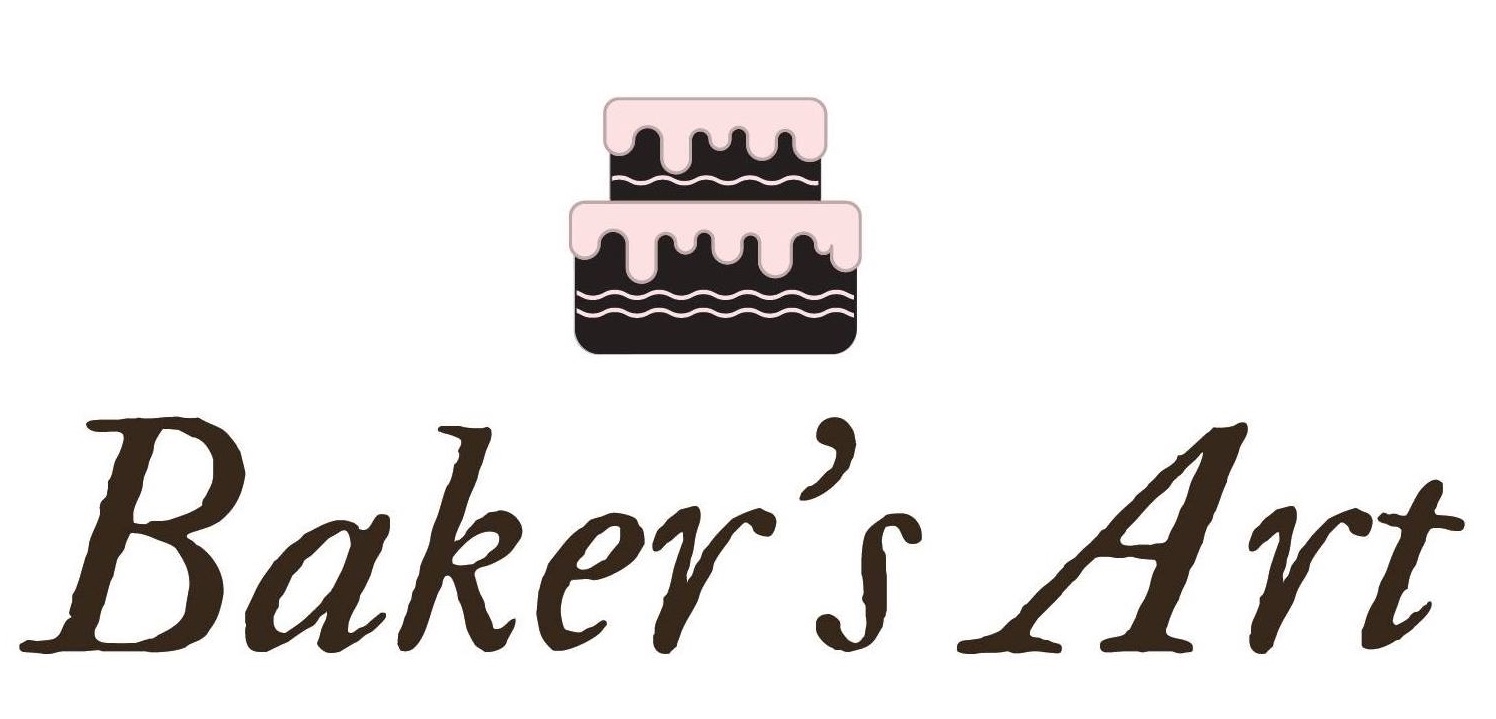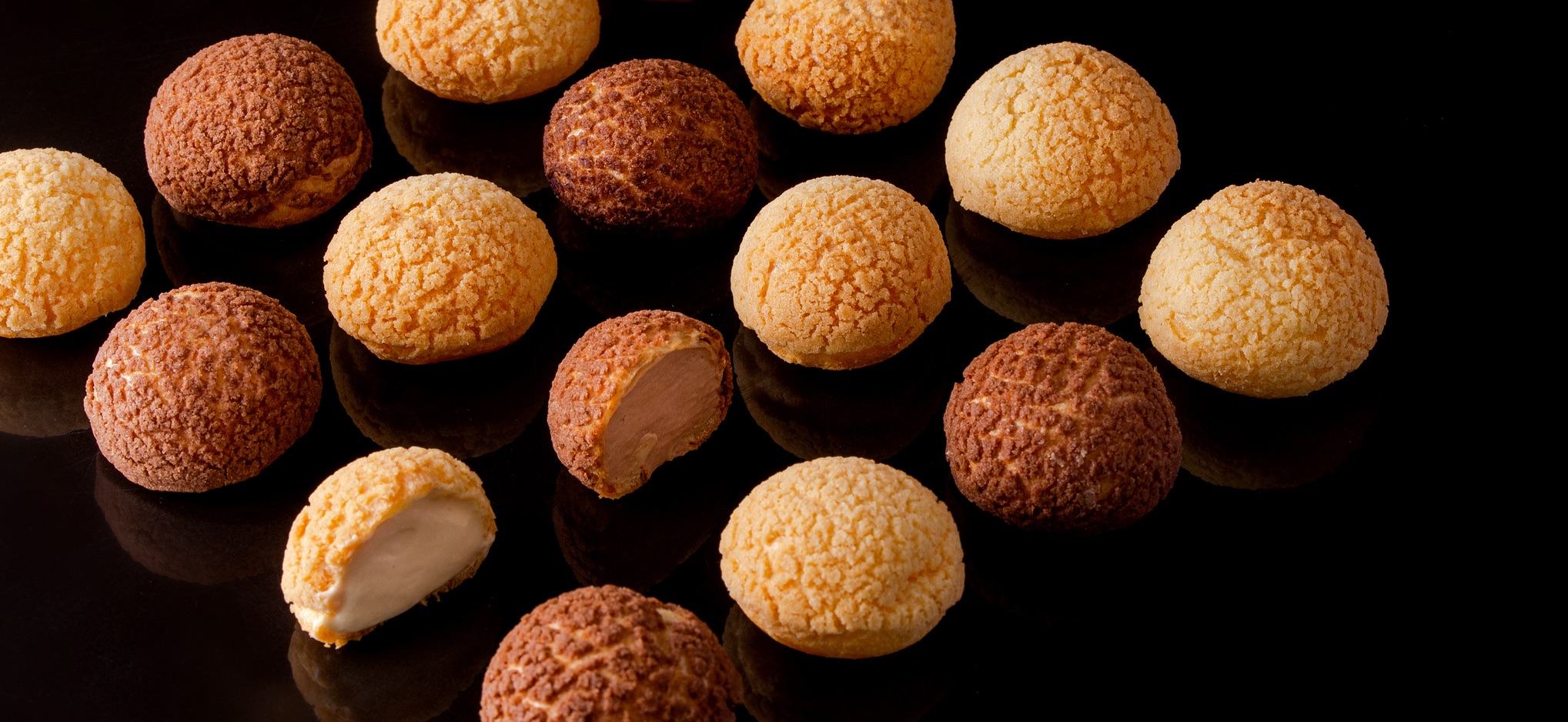The Profiterole: A Journey Through Time and Flavor
The history of the profiterole, often referred to as a "choux," is a delightful tale of culinary evolution that spans centuries. This delectable pastry has its roots in France and has become a beloved dessert in many parts of the world, known for its delicate, airy texture and the myriad of delectable fillings and coatings it can be paired with.
The Birth of the Choux Pastry:
The story of the profiterole begins in the early 16th century when Catherine de Medici, the Italian-born queen of France, married King Henry II. She brought with her a team of Italian chefs who introduced the French court to a new type of pastry dough known as "pâte à chaud" or "hot paste." This dough, which later evolved into the choux pastry we know today, was unique because it relied on steam created during baking to puff up, resulting in a hollow interior.
Choux Pastries in the 17th Century:
By the 17th century, choux pastries had become a staple of French cuisine. They were initially used as a base for various dishes, including savory ones like creamed chicken. However, it didn't take long for creative pastry chefs to recognize the potential for sweet fillings and coatings. The term "profiterole" emerged, referring to small, airy pastries that could be "profited" from with various indulgent fillings and toppings.
Evolution and Popularity:
The profiterole continued to evolve over the centuries. In the 18th century, the famous chef Antoine Carême contributed to the development of the profiterole by introducing a variety of sweet creams and chocolate ganache fillings. By the 19th century, the pastry had become a fixture in French patisseries and dessert menus, establishing itself as an iconic French dessert.
Global Recognition:
As French cuisine gained international acclaim, so did the profiterole. It spread across Europe and eventually made its way to various corners of the world. In different cultures, it took on unique variations, such as the Spanish "buñuelos" and the Italian "bignè," each with its own local flavors and twists.
The Modern Profiterole:
Today, the profiterole remains a symbol of sophistication and indulgence in the culinary world. It continues to be a versatile dessert, often filled with a variety of creams, ice creams, and drizzled with luscious sauces, like hot chocolate or caramel. Its enduring popularity attests to its timeless appeal, and it is cherished by dessert lovers of all ages.
The profiterole, or choux pastry, is a testament to the culinary ingenuity that has shaped the world of desserts. Its journey from a simple, hollow pastry shell to a vessel for sweet creations reflects the rich history and creativity that underpin the art of pastry making.

